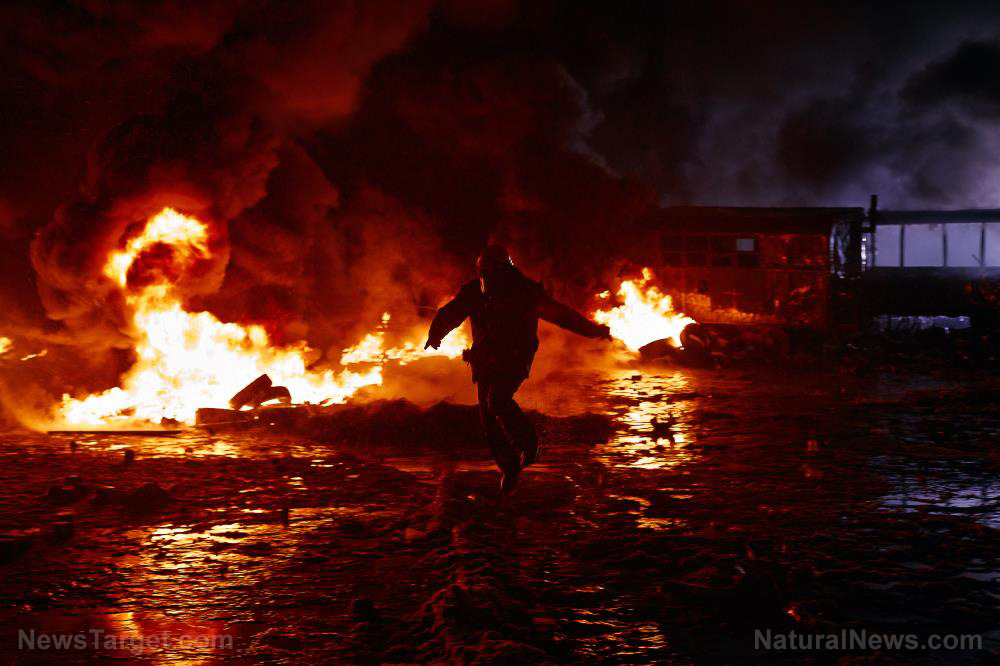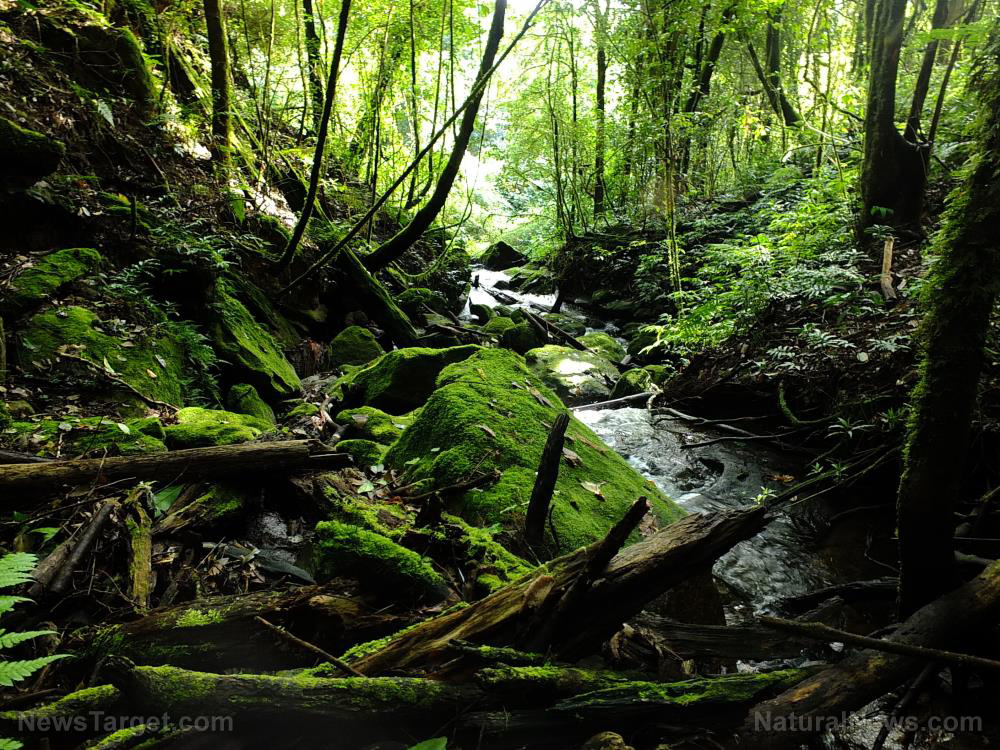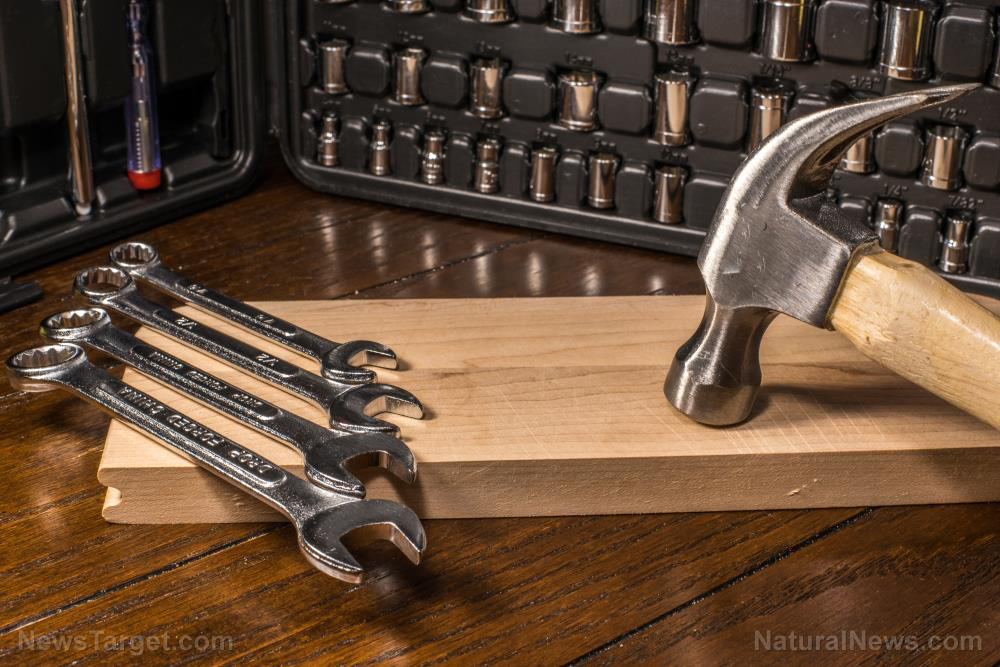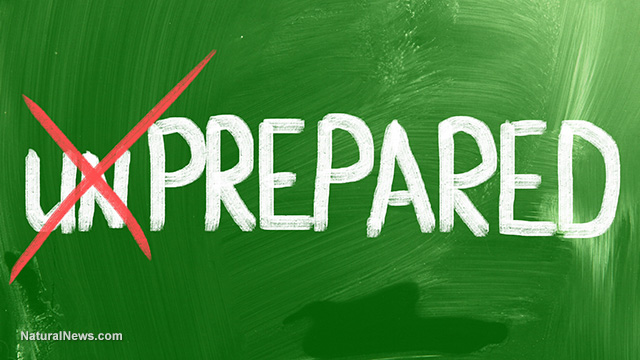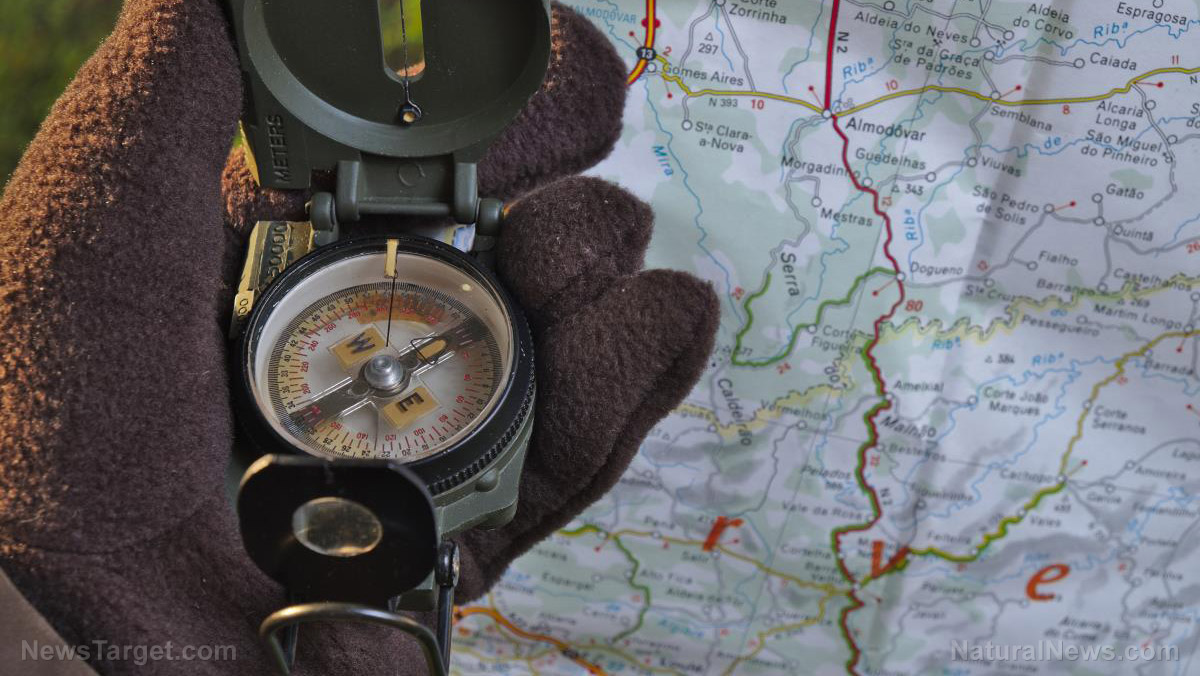Need a survival shelter? 10 steps to upgrade your cellar
08/14/2018 / By Ralph Flores

One thing a serious prepper needs is a safe place to hide in case the unthinkable happens. If you have a cellar — even a basement, you’re in luck: You can start building your shelter using that same space. Here are some tips to get you started with converting your cellar to one of the safest areas in the community.
- Check for structural integrity. The last thing that you need is a shelter that collapses on you when you’re in it. Take the time to check its structural integrity: Check for cracks in the wall, any problems with the foundation, as well as the state of the overhead structures to make sure that you’re getting a good place to build a long-term sanctuary. Once that’s out of the way, check the insides of the cellar. Make sure it’s dry — a damp cellar is not only stuffy, it’s dangerous. Harmful organisms such as mold, mildew, and algae can live in damp areas, putting you at risk of respiratory diseases.
- Check your air quality. After making sure that your cellar is sound, the next thing to consider is making sure you have access to clean air, no matter what happens to the world outside. You want your shelter to be airtight — it keeps all those toxic gases and pathogens out. Make sure people inside the shelter have access to clean air at all times. This means that the air inside is purified and restored regularly. Certain houseplants, such as the spider plant and philodendrons, are known to be effective and natural air purifiers. You can also use activated carbon air filters to clean the air, just be sure to replace it often to maintain a clean supply.
- Check where you’ll get your water. Aside from air, you’ll be needing water inside your shelter to survive. Some people think that tap is a steady source of water — but that’s far from the truth. Aside from being riddled with harmful chemicals, it’s not a reliable source once a major emergency happens. Explore alternative sources of water: You can build your own well, look at water filtration, or even learn how to get water from plants (just make sure they’re not poisonous). You can even look at options to recycle the water that was used (whether it’s from cooking, washing, or even peeing).
- Check your food storage. A good rule of thumb is to prepare at least two to four weeks’ worth of food in your cellar. This helps you survive the initial onslaught, and make sure you have least some supplies to last through the night. Some people may suggest stocking up on canned goods — don’t. Studies have found that nitrite, the main compound in food preservatives in canned goods, can be toxic to humans in high concentration. There are natural options like dry cereals and potatoes.
- Check your food production. Starting your journey to self-sufficiency will not only wean you from store-bought ingredients, but it can prepare you in case you have to grow your own food. A good way to start is by creating a food source. Growing (or raising) your own food is a sure way to survive in the long run.
- Check your hygiene and sanitation. Exploring options like a composting toilet to manage and recycle waste, while being wary of its harmful effects, can lead to reducing diseases that come with contamination.
- Check your insulation. In building your shelter, look for ways to soundproof and insulate it. This not only keeps your protected from extreme weather changes, it also helps keep the sound in — in case there are outside who’d like to crash in your party.
- Check your exits. As early as now, start looking at alternate ways to enter (or exit if needed). This is important when your main entrance is visible to others. If possible, build another way out of your cellar, and disguise that entrance from others.
- Check your defenses. In stocking up defenses for your cellar, read up on the best guns to use to defend yourself within that limited space — depending on the size, some guns may be more effective than others.
- Check your power and communications. One thing that will be greatly affected by a disaster is power and communications. When that happens, limit your power usage to the bare minimum. As early as now, explore ways to conserve energy and reach out to people (in a discrete manner) while you’re building your shelter.
Learn more ways to protect yourself by going to Prevention.news today.
Sources include:
Tagged Under: air purifier, cellar, disaster, emergency, emergency preparedness, food independence, organic food, prepping, shelter, survival, Survival Tips

